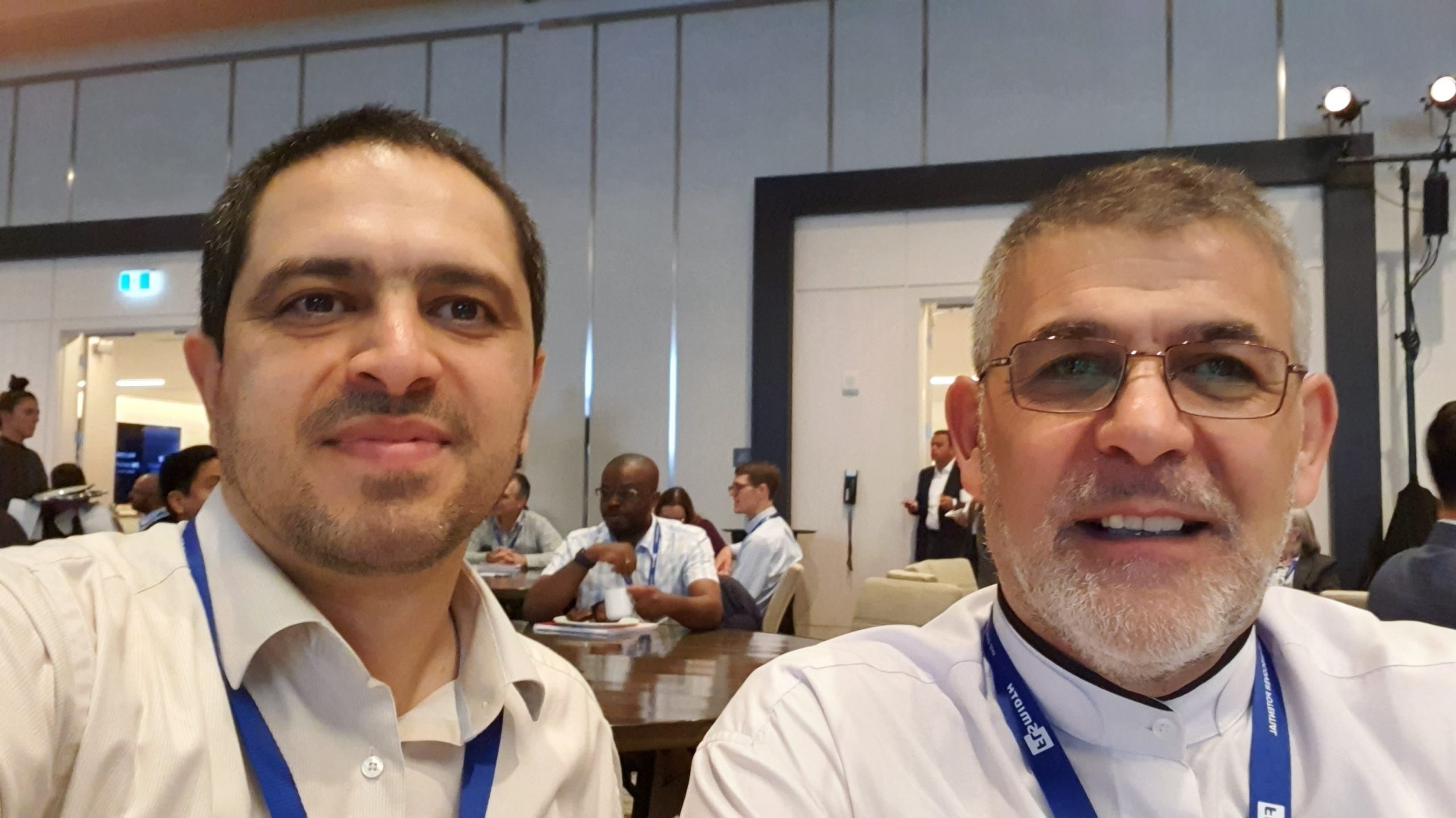کنفرانس بین المللی آسیای های نیمه خودشکن و HPGR، هر چهار سال یکبار در ونکوور کانادا برگزار میگردد و پژوهشگرانی از تمامی دنیا که در این عرصه اقدامات بزرگی را به جامعه مهندسین ارایه کرده باشند، به عنوان کمیته اصلی این کنفرانس در نظر گرفته می شوند. در هفتمین دوره این کنفرانس که از تاریخ ۲۲ تا ۲۷ سپتامبر ۲۰۱۹ در حال برگزاری است، پروفسور صمد بنیسی بعنوان عضو کمیته بین المللی این کنفرانس و همچنین جهت ارائه شفاهی یکی از مقالات پذیرفته شده مرکز تحقیقات تحت عنوان ” Challenges of using Advanced Control Tools (ACT) System at the Sarcheshmeh Copper Complex SAG Mill Circuit ” در روز پنجشنبه مورخ ۲۶ سپتامبر ۲۰۱۹ ساعت ۱۳:۱۵ شرکت نموده اند.
چکیده مقاله مذکور به شرح زیر است:
Abstract
The use of control systems, in particular, in grinding circuits where AG or SAG mills are employed has experienced a significant progress in recent years. The Sarcheshmeh copper complex grinding circuit consists of a SAG mill (9.75×۴٫۸۸ m), a ball mill (6.71×۹٫۹۱ m) and a cluster of 15 hydrocyclones (66 cm diameter) working in a closed circuit. The Outotec advanced control tools (ACT) system has been installed with the objective of achieving optimal performance for the grinding circuit. The operating concept of ACT is to control the process above the basic automation system. The ACT control decisions can be based on traditional crisp rules, fuzzy logic or even advanced process models. Feed size distribution, charge shape (toe and shoulder positions), charge level, and cyclone overflow size distribution are among some other common parameters which could be measured. The ACT system uses state logic controls or fuzzy logic along with history values and internal variables to perform the overall control of the circuit. The appropriate values with regards to SAG mill (weight, power speed, feed rate, and pebble production rate), ball mill (weight, and power) and cyclone cluster (pressure, number of cyclones, density, and pump speed) should be assigned by the operators as control limits. In the logic limits section, proper values for SAG mill (weight very high, pebble high, weight rate of change), ball mill (power very low, power low, weight high) and sump (high level) must be also defined. Based on the experience and complexity of the circuit, states are defined (e.g., SAG mill weigh too high, decrease speed). The main challenge was to choose the appropriate values for the control and logic limits and set points. Three major problems of the control system were inability to control pebble (recycled, reject) tonnage, preventing increasing the feed rate above a certain value, and a slow response to variations. To overcome these problems, the control and logic limits and set points were obtained from the monthly variations of the parameters. Upon resolving some operational issues, the ACT system was put in practice which resulted in increase of the throughout from 900 to 1150 t/h, and control of the pebble tonnage within a desired limit (۱۹۰ t/h). Furthermore, a decrease in the mill weight variation and maintaining the mill weight close to the set point led to a significant reduction in the number of broken liners.
Keywords
ACT, state logic control, grinding circuit, Sarcheshmeh








